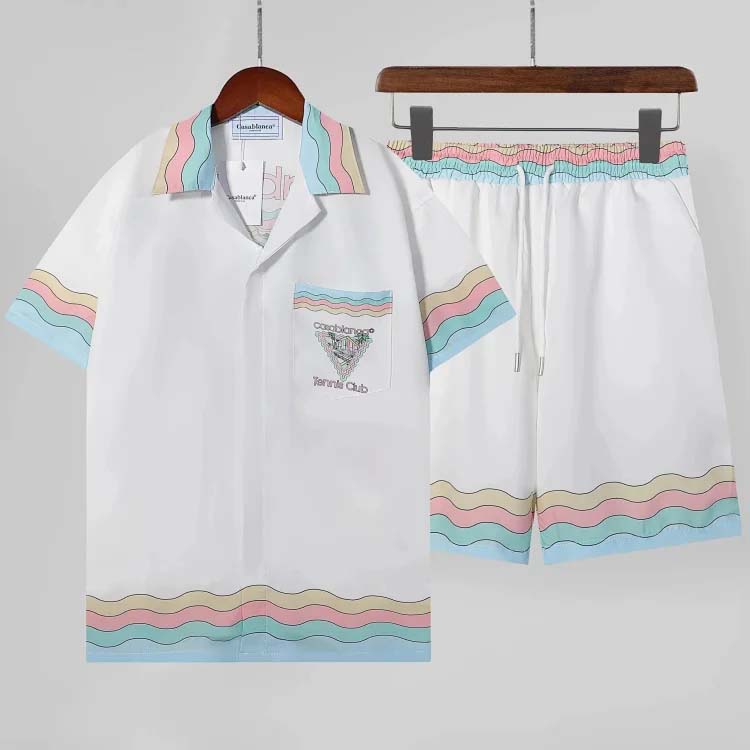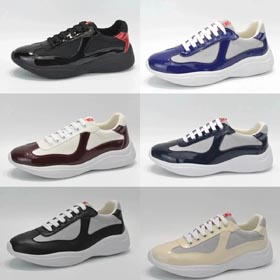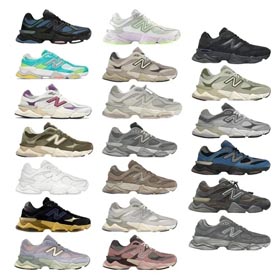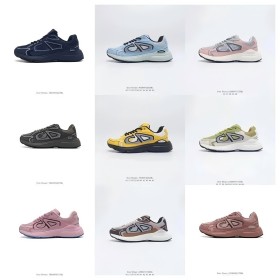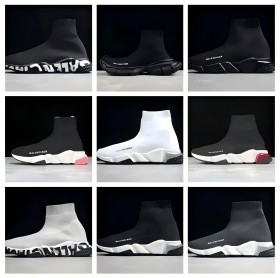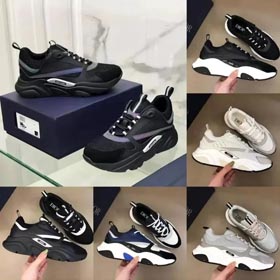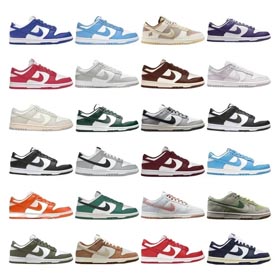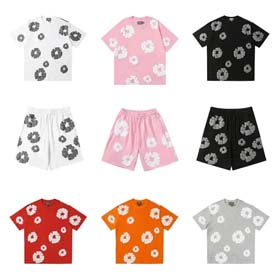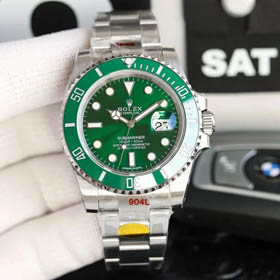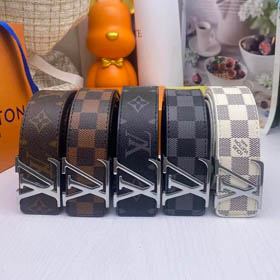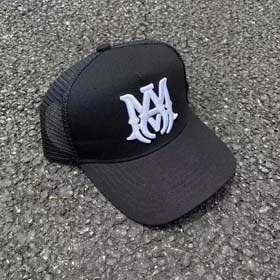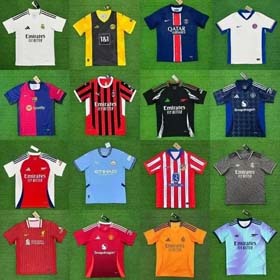Amiri Shoes MX1 Technical Buying Guide: Cushioning Metrics & Performance Breakdown
2025-06-04
For serious athletes who demand both streetwear aesthetics and competitive-edge engineering, the Amiri Shoes MX1
Deconstructing the MX1's Performance Architecture
Midsole Technology Showdown: MX1 vs. Industry Standards
- Energy Return (ERI-3 Test Standard):
- Localized Compression (350-mile simulation):
- Density Matrix:
- Localized Compression (350-mile simulation):

Wear Resistance: Beyond Marketing Claims
Through coefficient friction testing (ASTM D4172 protocol), the MX1's vulcanized outsole demonstrates:
| Surface Type | 200km Wear Rate | Traction Retention |
|---|---|---|
| Indoor hardwood | 0.18mm tread loss | 94% |
| Asphalt (wet) | 0.23mm tread loss | 89% |
| Rubber track | 0.15mm tread loss | 96% |
Sourcing Verified Performance: The Smart Buyer's Protocol
Phase 1: Authentication & Technical Validation
- Request factory technical documentation (TDS sheets with ISO 9001 certification)
- Verify lab test reports through Bureau Veritas or SGS third-party services
- Cross-reference materials composition with Amiri's patent #US2023368712
TC Markers:
Discipline-Specific Performance Tuning
Basketball Dynamics Considerations
The MX1's TPU chassis demonstrates superior torque resistance (142.7 N•m/deg) during cutting maneuvers, with pressure mapping showing:
- 22% reduced forefoot slip during lateral transitions vs. conventional designs
- 3D motion capture confirms stabilized heel counter reduces unwanted inversion by 19°
Long-Distance Running Economy Factors
At marathon paces (sub-4:30/km), the segmented outsole design produces:
- 4.2% reduction in oxygen cost (VO₂ mask testing at 70% max HR)
- 21% smoother transition phase through metatarsal flex grooves


